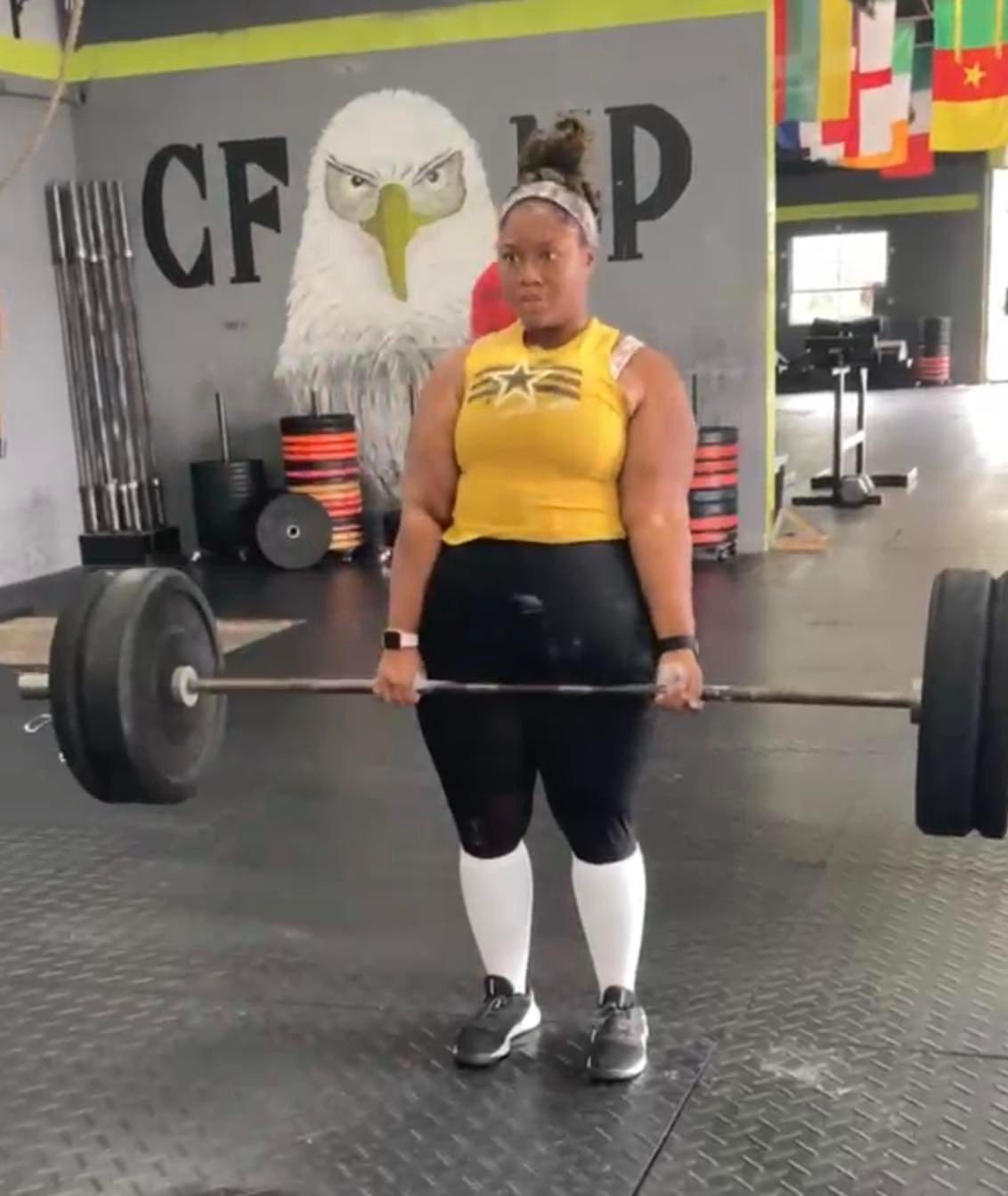Leaner, healthier, fitter. What it really takes?
Getting healthy, lean, strong, and fit requires commitment, mindset, and lifestyle change on your part.
But how much commitment and sacrifices you need to make to get your desired results greatly vary from person to person. Most don’t realize that getting from 30% body fat to 20% requires a different amount of effort, attention to diet, and time spent exercising than getting from 12% to single-digit numbers.
In addition to the adjustments to the diet, there must be a change in lifestyle and mindset for lasting change.
The good news is that just mastering the basics of healthy eating and exercising will get you far. You don’t need to make gym and food your new job.
But to set your expectations straight, here is what it takes to get from obese all the way to ripped.
How to read this article:
- Read the part that is relevant to your current physique and what it takes to take it to the next level.
- Most people want to be healthy, fit, and look good. There is an example of a professional CrossFit athlete and how his training and nutrition were different during his peak and after competing.
- Check the additional resources linked at the end of this article.
From obese to healthy (20-25% body fat men and 20-30% women)
It is relatively easy for an obese person to get to a healthy body. Obese people have a lot of room for improvement and therefore even small changes in lifestyle lead to great progress. After getting to a healthy body weight, you will feel an increase in energy, improved health, freedom of movement, you will stop taking some medications and this will motivate you.
Nutrition:
In your diet, focus on quality food in 75% of meals. These are whole foods without added oils and sugars.
When preparing a meal, focus on the vegetables and proteins in each meal and fill the rest with complex carbohydrates and fats.
Avoid drinks containing calories.
Substitute soft drinks for zero-calorie versions and drink water, tea, or black coffee most of the time.
Skills & abilities
- Learn to read the nutrition labels on the packaging and learn which foods are a good source of carbohydrates, proteins, and fats.
- Practice noticing your hunger and fullness.
- Eat 3-5 times a day.
- Avoid grazing – eating small meals, snacks, or anything throughout the day.
- Design your environment to remove temptations and foods that trigger you to overeat or crave more food.
Movement:
Move daily (eg 10,000 steps a day), find physical activities that you enjoy.

Imani Mitchel
Imani is a wife to a soldier in the US Army and a mother of four. Three girls 15, 14, 5, and 3.
Workouts
Nutrition
From a healthy body to a lean body (15-20% body fat men and 20-30% women)
When you reach this level, you will feel further energy improvements, better health, and your body will give you more options than to show the newly acquired energy athletically. With good habits, such a body composition is easily maintained all year round without sacrificing your social life.
Nutrition:
In your diet, focus on quality food in 80% of meals.
When preparing a meal, focus on the vegetables and proteins in each meal and supplement the rest with complex carbohydrates and fats.
Avoid drinks containing calories.
Skills and Abilities:
- Learn to read the nutrition labels on the packaging and learn which foods are a good source of carbohydrates, proteins, and fats.
- Practice noticing your hunger and fullness.
- Eat 3-5 times a day.
- Avoid grazing – eating small meals, snacks, or anything throughout the day.
- Design your environment to remove temptations and foods that trigger you to overeat or crave more food.
- Learn about the caloric content of food – even healthy foods like nuts can cause your weight loss to stall.
- Learn how to choose the right food when eating out.
- Learn to say no, sitting with alcohol and coffee with dessert on a daily basis.
Movement:
Move daily (eg 10,000 steps a day), find physical activities that you enjoy, and exercise 3-5 times a week.
From lean to athletic (10-13% body fat men and approx. 20% women)
When you reach this level, you will be at the peak of your health and energy. However, food and training already require daily attention, and daily sitting with alcohol or coffee with dessert may have to go sideways. You will have to find a compromise for social activities. However, it is still a relatively easy level of leanness, especially if you are committed to sports.
Nutrition:
In your diet, focus on quality whole foods in 90% of meals.
When preparing a meal, focus on the vegetables and proteins in each meal and fill the rest with complex carbohydrates and fats according to the activity.
Consume alcohol sporadically, if at all.
Skills & Abilities:
On top of what you learned at the previous level, there are other skills that will help you.
- Learn to read the nutrition labels on the packaging and learn which foods are a good source of carbohydrates, proteins, and fats.
- Practice noticing your hunger and fullness.
- Eat 3-5 times a day.
- Avoid grazing – eating small meals, snacks, or anything throughout the day.
- Design your environment to remove temptations and foods that trigger you to overeat or crave more food.
- Learn about the caloric content of food – even healthy foods like nuts can cause your weight loss to stall.
- Learn how to choose the right food when eating out.
- Learn to say no, sitting with alcohol and coffee with dessert on a daily basis.
- Learn about the portion size and quantity of the food you eat and how it affects your energy levels.
- Pay attention to food preparation and planning. However, you do not have to prepare all meals in advance. Depending on your activity levels, you will still have leeway in social situations if you are smart with your food choices.
Movement:
Move daily (eg 10,000 steps a day), find physical activities that you enjoy.
Exercise 5-7 days a week, 1-2 times at high intensity.
A former athlete example – From peak, to fit, healthy, and sustainable
The former CrossFit athlete Marcus Filly described his journey as he moved from the professional scene to healthy living. It is a good example of how much volume time he devoted to training, eating, and recovering compared to what he is doing now, after retiring.
During his pro caree
- Physical training2-3hours training daily (excluding warm-ups, cool downs, mobility sessions)
- Nutrition 5000-5500 kcal a day
- ~40-50% intake from Carbohydrates, a lot of simple sugars to support performance
- Food is his job
After his pro career
- 1h a day at a lower intensity and lower loads.
- 4000ish kcal a day
- Eating healthier foods, whole foods, without adding shakes.
Example – fit dad, entrepreneur
Ambition in business, pushing your boundaries and balancing them with physical activities can be challenging, but not impossible. You know that exercise not only helps you stay in shape, but also helps you have more energy and clear your head. It’s important to consider your priorities.
Minimalistic routine
"I want to be healthy and fit, with a minimum time."- 15 minute workouts a day focused on strength and HIIT.
- Walk or bike during the day when you can.
- Meals composed mainly of primary foods, focusing on sources of protein, fruits and vegetables.
Maximalist routine
"I'm getting ready for the competition."- 1-3 hours of training per day depending on level (this does not include warm-ups, mobility and supplementary training)
- It is necessary to plan your meals in advance to ensure sufficient energy intake at appropriate times and support recovery.
- Strict daily routine if you want to do it all
To conclude:
Even elite athletes’ bodies don’t look all the same! Don’t think that moving from 12% fat to 10% will definitely help you win your race.
Take these insights as a guide, not as a complete plan tailored to you. No matter which category you fall into, strength training is always a benefit. It is also not necessary to exercise hours a day if you balance your physical activity with a wise diet.
Keep in mind, that whatever you are doing and you are not progressing, it means you need to do something differently. Changing your body requires you to move, exercise, and eat in a way you have probably never done before.
If your goal is to be fit and lean, you need to get aware of your physical activity and energy intake but you don’t need to live in a gym, nor spend hours doing cardio every day, and count every gram you eat. Making smart decisions with your eating and training that are sustainable is the key.
If you are trying to get to your peak physique and performance, you will need to design your life around food and training. Many athletes don’t realize what it takes to get there.
